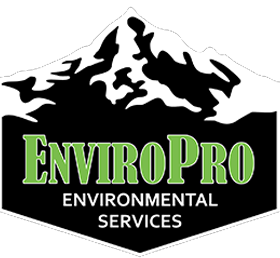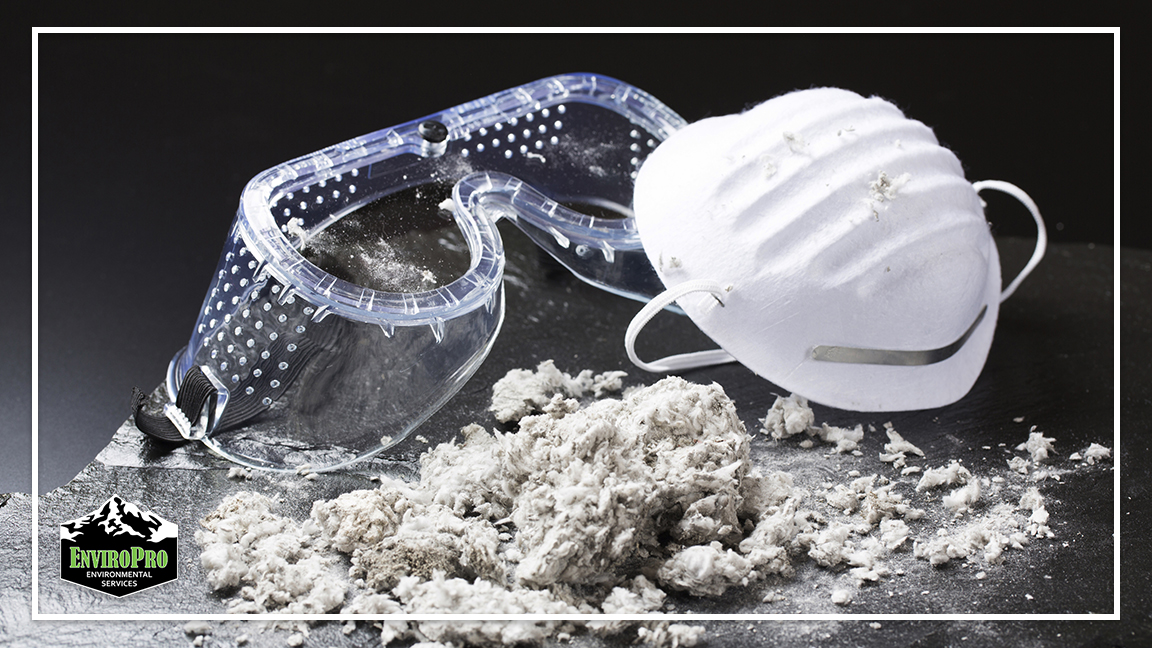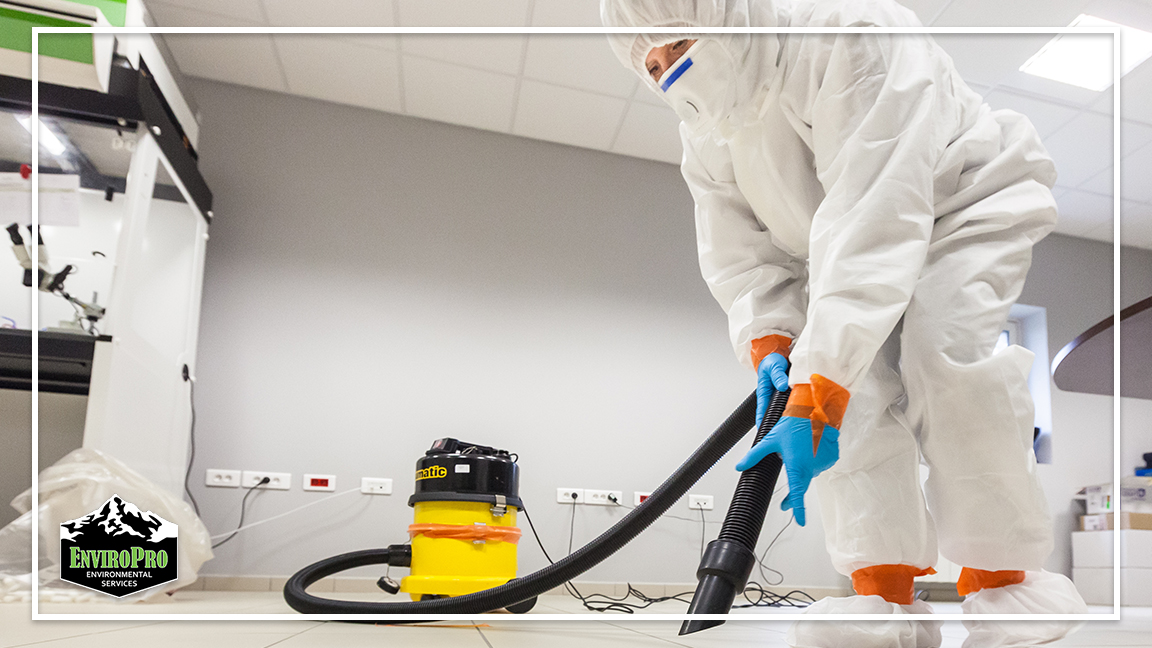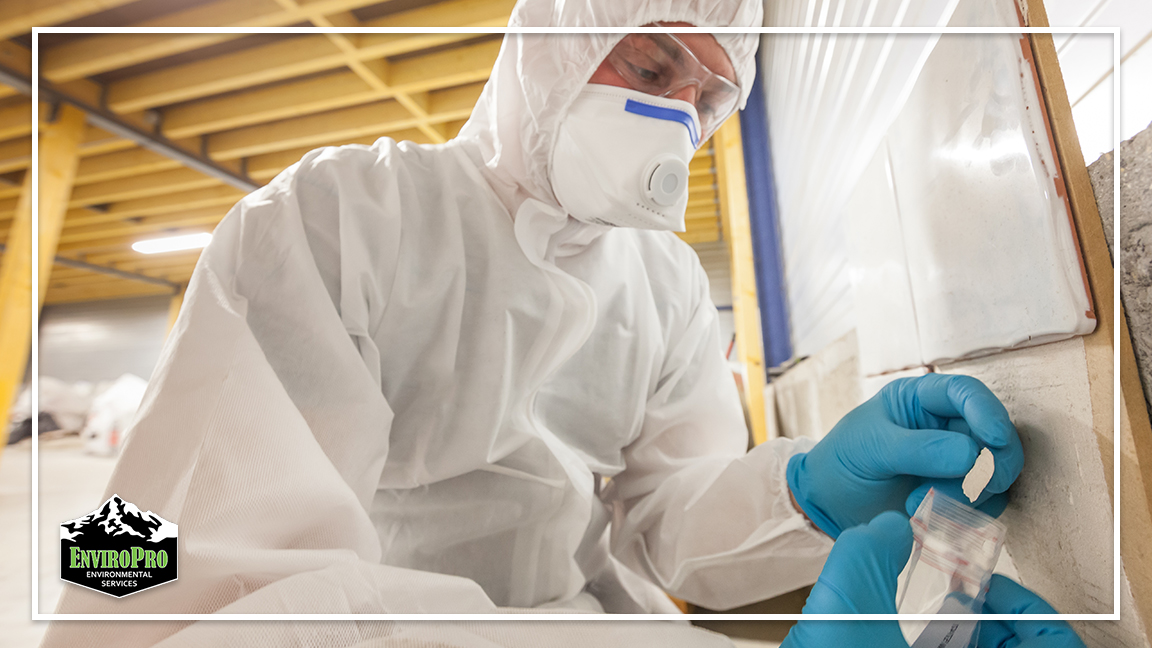
What Is Asbestos?
Asbestos is a naturally occurring mineral that was widely used in the past for its heat-resistant properties. It was commonly used in building materials, such as insulation, flooring, and roofing, as well as in automotive and industrial products.
Asbestos fibers are microscopic and can easily become airborne when materials containing asbestos are disturbed or damaged. When inhaled, these fibers can become lodged in the lungs, leading to a variety of health issues, including lung cancer, asbestosis, and mesothelioma.
Due to the serious health risks associated with asbestos exposure, its use has been heavily regulated and restricted in many countries around the world. However, because it was so widely used in the past, many buildings and products still contain asbestos, and proper abatement measures must be taken to ensure its safe removal.




What Is Abatement?
The abatement process refers to the steps taken to safely remove or encapsulate materials containing hazardous substances, such as asbestos, lead, or mold. The process may vary depending on the type of hazardous material and the extent of contamination, but generally involves the following steps:
- Inspection and assessment: A qualified inspector will assess the extent of the contamination and develop an abatement plan that outlines the necessary steps to safely remove or contain the hazardous material.
- Preparation: The work area is sealed off with barriers and negative pressure ventilation systems to prevent the spread of contaminants. Workers don personal protective equipment (PPE) and set up equipment for the removal or encapsulation process.
- Removal or encapsulation: Depending on the type and extent of contamination, the hazardous material is either removed from the building or encapsulated using special materials to prevent the release of fibers or particles.
- Cleanup and clearance: After the hazardous material has been removed or encapsulated, the work area is thoroughly cleaned and inspected to ensure that all contaminants have been removed. Air samples are taken to confirm that the air quality is safe for re-occupancy.
- Disposal: The hazardous material is properly disposed of according to local, state, and federal regulations.
The abatement process must be conducted by trained and certified professionals to ensure the safety of workers and building occupants.


When Should You Test or Worry About Asbestos
If your home or building was constructed before the 1980s, there is a chance that it contains asbestos or lead-based paint. However, not all older homes or buildings necessarily contain these hazardous materials, and not all asbestos or lead-based paint poses an immediate danger.
As a general rule, you should have your home or building tested for asbestos or lead if:
Remodel or Rennovation
You are planning to remodel or renovate and suspect that the materials being disturbed may contain asbestos or lead-based paint.
Material Deterioration
You notice damage or deterioration to materials that may contain asbestos or lead-based paint, such as insulation, flooring, or paint.
Concerns Of Exposure
You are concerned about potential exposure to asbestos or lead due to other factors, such as living near a hazardous waste site or working in a job that may involve exposure to these substances.
It’s important to note that exposure to asbestos or lead does not always result in immediate health effects. In many cases, health problems may not manifest until years or even decades after exposure. Therefore, if you suspect that you may have been exposed to asbestos or lead, it’s important to seek medical attention and to take appropriate abatement measures to minimize your risk of future exposure.

Does EnviroPro Test for Asbestos?
At EnviroPro, we strictly adhere to all legal and ethical regulations governing the abatement industry. Therefore, we do not provide testing services for the presence of hazardous materials such as asbestos or lead in properties that we are also contracted to abate or remediate.
However, we recognize the importance of accurate testing to ensure the safety of building occupants and the environment. As such, we are happy to provide recommendations for qualified and accredited local testing facilities that can accurately test for the presence of hazardous materials in your property.
We take our responsibility to provide safe and effective abatement services seriously, and believe that accurate testing is a crucial first step in the process. Contact us today to learn more about our commitment to safe and ethical practices in the abatement industry.
